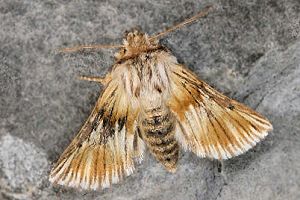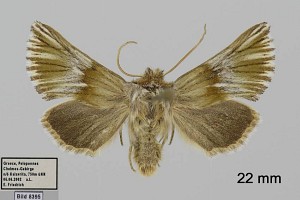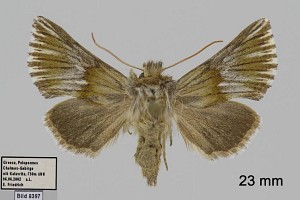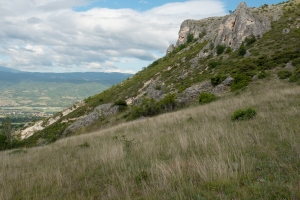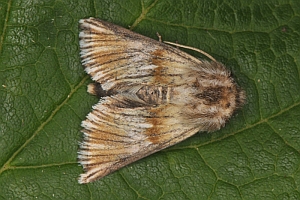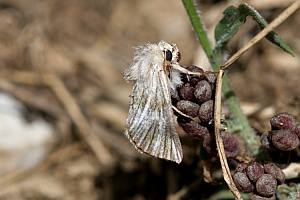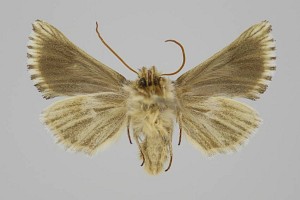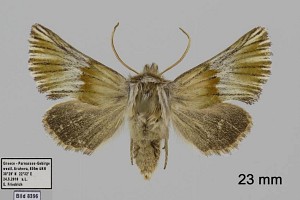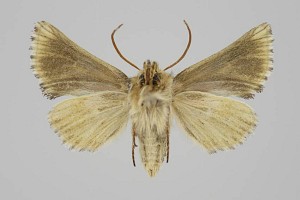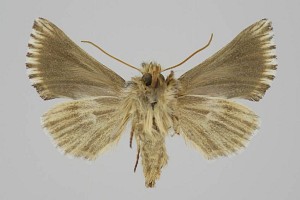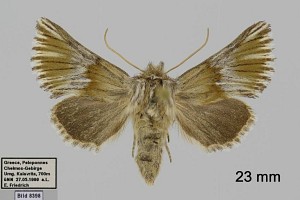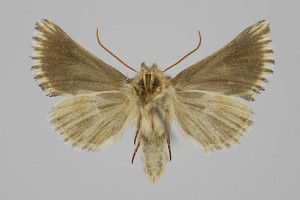Länder:

 +5Kontinente:EU
+5Kontinente:EU


 +5Kontinente:EU
+5Kontinente:EUNeues Layout der Navigation (Beta Test)
1. Lebendfotos
1.1. Falter
1: Griechenland, Ditiki Makedonia, Siatista (westlich Kozani), 740 m, 31. Mai 2008 (Aufnahme: Heiner Ziegler), det. Michel Kettner & Egbert FriedrichForum
2-3: Griechenland, Westmakedonien, Grevena, ca. 1 km NW Eleftherochori, N 40° 2' 55" E 21° 28' 9", 500 m, xerotherme Wiesen umgeben von niedrigen supramediterranen Eichenwäldern, 27. Juni 2012, am Licht (det. & fot.: Christian Papé)Forum
4: stark abgeflogen, ssp. moreana Thurner, 1967: Griechenland, Achaia, 3 km n. Kalavrita, 700 m, 1. Juni 2009 (Foto: Heiner Ziegler), det. Gottfried Behounek, ssp. det. Maurits de VriezeForum
5: ssp. moreana Thurner, 1967: Griechenland, Peloponnes, Kardamili, Viros-Schlucht, Umg. Moni Sotiros, N 36 54' 18" E 22 15' 23", 200 m, mediterrane Macchia am Übergang zum supramediterranen Eichenwald, 20. April 2014, am Licht (det. & fot.: Christian Papé)Forum
6: Griechenland, Ditiki-Makedonia, Ligeri bei Kozani, 26. Mai 2015, Lichtfang (fot.: Heiner Ziegler), det. Egbert FriedrichForum
7: Bulgarien, Blagoevgrad, Ilindentsi, 430 m, xerotherme Wiese, 31. Mai 2021, am Licht (det. & fot.: Christian Papé)Forum
2. Diagnose
2.1. Männchen
2.2. Weibchen
2.3. Geschlecht nicht bestimmt
1: ssp. moreana Thurner, 1967: Griechenland, Peloponnissos, Achaia, Zachlourou, 650 m, 22. Mai 2001 (leg., det. & fot.: Maurits De Vrieze)
3. Biologie
3.1. Habitat
1: Bulgarien, Blagoevgrad, Ilindentsi, 430 m, xerotherme Wiese, 1. Juni 2021 (fot.: Christian Papé)Forum
4. Weitere Informationen
4.1. Andere Kombinationen
- Copiphana lunaki Boursin, 1940 [Originalkombination]
4.2. Unterarten
- Copiphana lunaki boursini Pinker, 1945
- Copiphana lunaki moreana Thurner, 1967
4.3. Literatur
- Erstbeschreibung: Boursin, C. (1940): Contributions à l'Étude des Agrotidae-Trifinae XXVI. Description d'un Copiphana nouveau de Macédoine. — Bulletin mensuel de la Société linnéenne de Lyon 9 (5): 70-75 [PDF auf linneenne-lyon.org].






